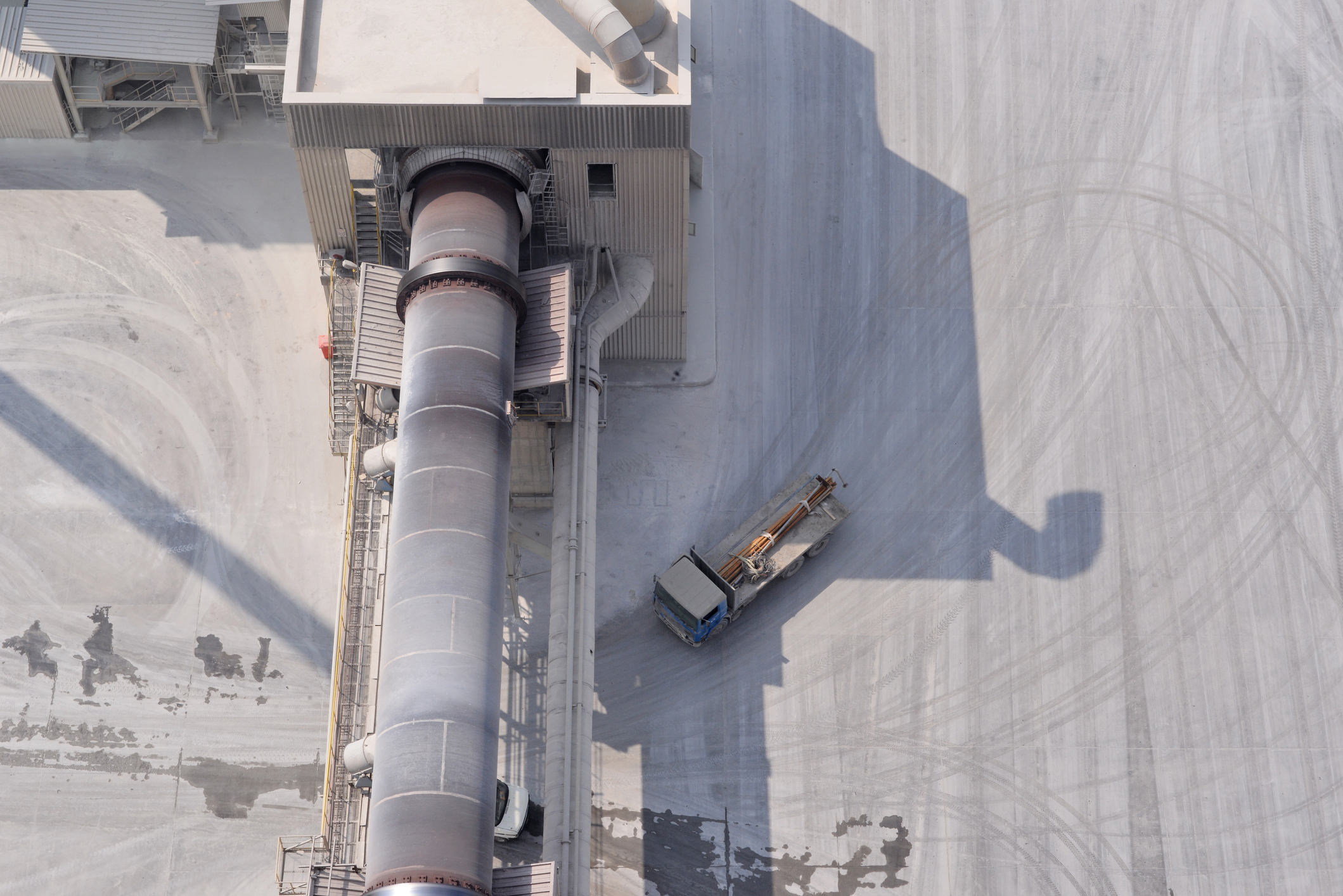In the complex chain of cement production, special steel castings occupy a central place. They are not just structural elements, but key factors that determine the efficiency, reliability, and cost-effectiveness of the entire process. From raw material grinding to clinker cooling, each casting has its role – to protect vital equipment components, to direct the flow of materials and energy, and to ensure process stability under the most demanding conditions.
In mills, liners and diaphragms shape the grinding process itself. Their geometry and material directly affect capacity, particle size distribution, and energy consumption. Properly designed and made of special alloy steels, liners provide powerful impact and breaking in the first chamber thanks to lifting liners, while classification and step liners in the second chamber enable fine grinding and stable particle size. Diaphragms regulate the flow and retention of material, thus achieving optimal energy utilization and extending equipment life. Any deviation in quality or wear of these parts is immediately reflected in reduced productivity and increased consumption.
In preheaters and cyclones, castings operate under extreme conditions: high temperatures, chemically aggressive atmosphere, and strong powder abrasion. Dip tubes and cyclone linings made of heat-resistant steels ensure operational stability, prevent losses, and reduce the need for frequent overhauls. Their reliability is crucial for efficient heat utilization and even kiln feeding.
In rotary kilns, inlet and outlet segments made of special alloys protect the most sensitive zones from thermal shock, build-ups, and mechanical stresses. Their quality directly impacts calcination stability and extends kiln lining life. In clinker coolers, grates and impact plates made of Cr-Ni, martensitic, or Mn steels withstand temperatures and impacts, enabling continuous cooling and high-quality clinker output without unplanned shutdowns.
One thing is common to all these components: timely wear detection and replacement planning. The cement industry cannot afford to wait for a breakdown – an unplanned stoppage is far too costly. That is why it is crucial to regularly monitor the condition of castings, analyze wear traces, and plan orders of new segments in advance. Timely procurement and replacement guarantee production continuity, optimize costs, and reduce the risk of expensive downtime.
The quality and reliability of steel castings are decisive not only for equipment life but also for the overall economics of production. Every poorly manufactured part or late delivery can disrupt the factory balance and affect the achievement of production targets. This is why cement plants worldwide choose partners with reputation, experience, and proven quality.
This is where HTR’s long-term cooperation with the renowned foundry Estanda comes to the forefront. For more than a decade, we have been continuously supplying all cement plants in Serbia, as well as numerous factories across the region, with a wide range of Estanda products – from liners and plates, through clinker cooler components, to specialized parts for mills and kilns. Every completed delivery, documented through years of business, confirms the stability of this partnership and the trust our clients place in us.
The combination of top product quality, expert technical support, and reliable supply provides the cement industry not only with solutions for individual needs but also with assurance throughout the entire production process. Our references show that customers can rely on us in every stage – from planning and timely procurement to installation and long-term operation.
Risto Ristovski
